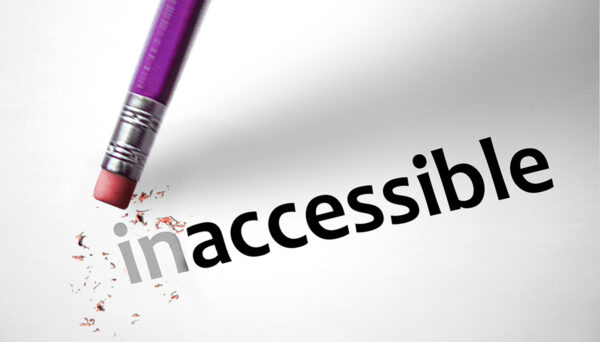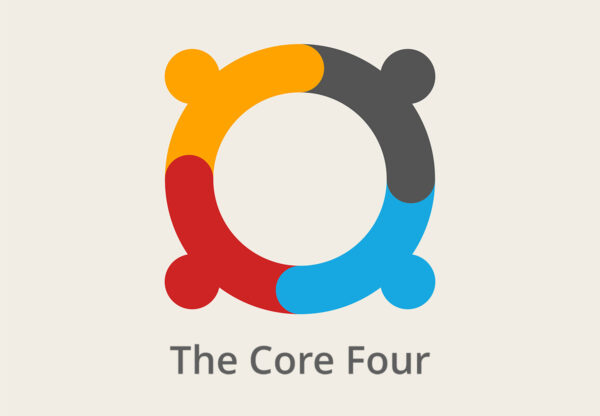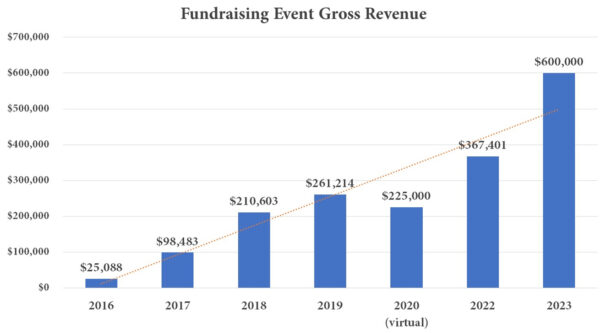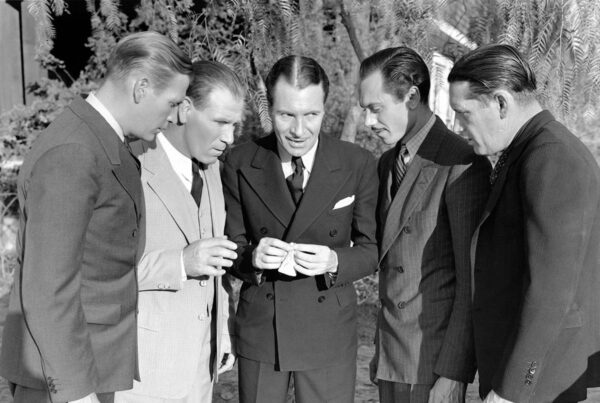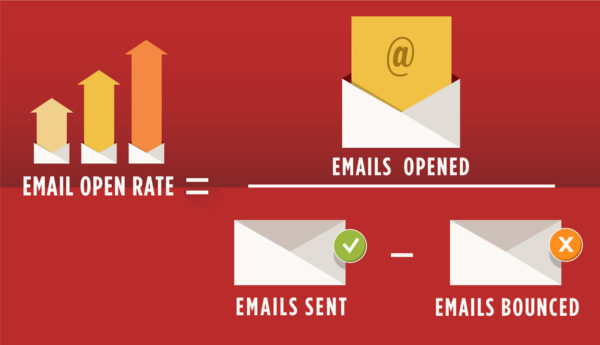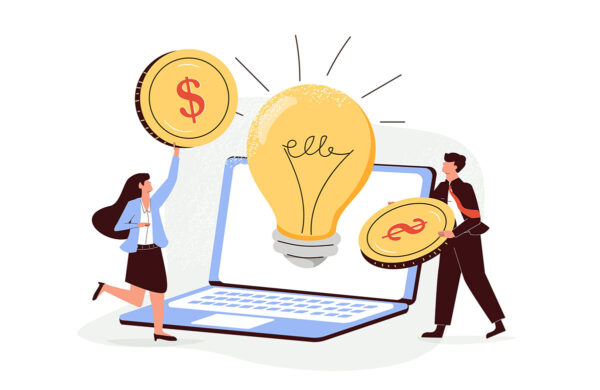A client of ours started sending monthly “e-stories” last November. And since November, their average email open rate has increased from 24% to 38%.
Most organizations would sacrifice a Board member for a 14% increase in open rates!
So you might ask, “What’s an e-story?”
An e-story is a low-fi, simply-formatted email from your E.D. to your donors. It tells one “before and after” story.
Here’s the outline:
- Warm, personal greeting
- Directly tell the donor that you are going to tell them a story that’s a good example of how their gift made a difference
- Tell a “before and after” story from your organization’s work
- Reaffirm to the donor that they helped make that ‘before and after’ happen
- Let the donor know that they can give again if they’d like to
- Thank the donor for their generosity
You want your e-stories to look like they came from your E.D.’s personal email. No formatting, no header image, no photo, no links to social, you get it.
It should feel personal.
Why E-stories?
Most “reporting” to donors via email answers questions that nobody is asking.
Typical “e-news” or “e-newsletters” have abysmal open rates. No one was reading them.
So how can organizations fulfill the need to “report back on a donor’s gift” via email?
If they aren’t reading the e-newsletters, that means e-newsletters aren’t relevant for most donors.
So we asked ourselves, “What would be relevant to most donors?”
Telling and showing the donor that their gift made a difference.
The Results
Your e-stories will raise more money than your e-newsletter.
Your e-stories will have higher open rates than your e-newsletter.
Your e-stories will cause more engagement than your e-newsletter (you’ll know this because of the replies and feedback you’ll receive).
Some organizations have been able to cease their e-newsletter all together. (And there was much rejoicing!)
Relevance
It all comes down to relevance. The organization I mentioned found that e-stories contained information that was relevant to their donors. (After all, donors want to know what their gift did more than they want to know what your organization is up to.)
When the content of the email was more relevant, more people opened the emails. And now, because their donors are more likely to find relevant content in their emails, their donors open all of their emails at a higher rate.
You can guess what’s going to happen next:
More relevant emails → higher open rates
Higher open rates → more people reading their fundraising
More people reading their fundraising → more people giving
More people giving → more mission work done!
Go look at your organization’s email communications. Are you reporting in a powerful, relevant way? If not, add a few e-stories. You’ll be glad you did!



